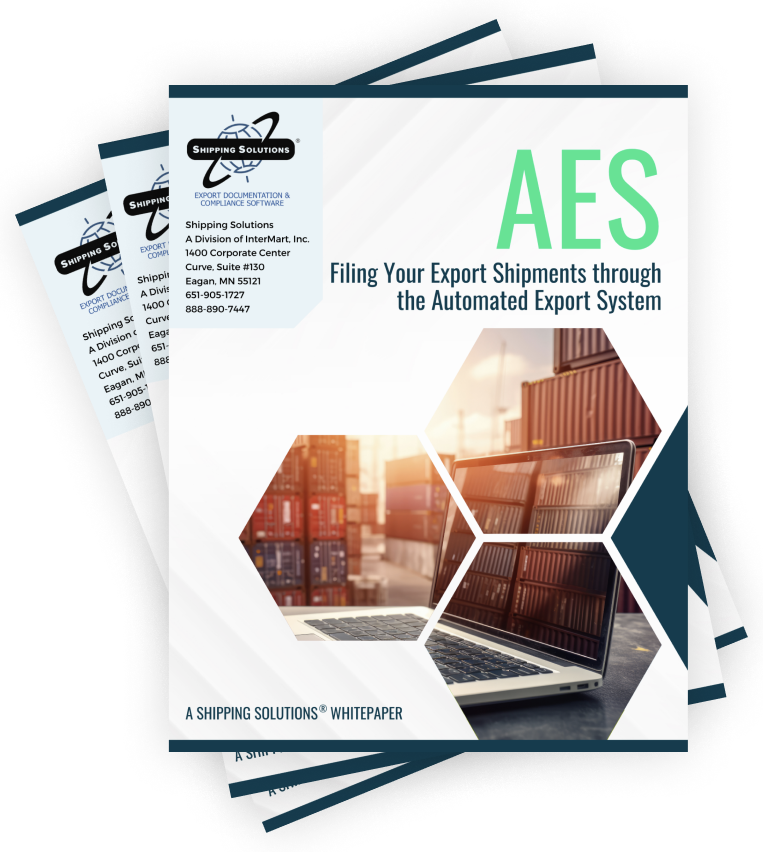The International Trade Blog Export Compliance
USPPI vs. Exporter: What's the Difference?
On: June 4, 2025 | By:  David Noah |
5 min. read
David Noah |
5 min. read

The language of exporting can be confusing. Terms like exporter and U.S. Principal Party in Interest (USPPI) are often used interchangeably, but they have specific—and legally important—meanings. Understanding the differences is essential for complying with U.S. export regulations.
Why the USPPI Designation Exists
In 2000, the U.S. Census Bureau updated the Foreign Trade Regulations (FTR) and officially replaced the term exporter with USPPI. This change was made to clarify who holds specific responsibilities in an export transaction. There are the three main reasons the regulations were changed:
1. To define documentation responsibilities more clearly among all parties involved in an export transaction.
2. To specify which data the USPPI must report—including their name, Employer Identification Number (EIN), and basic commodity information—to the U.S. agent of the Foreign Principal Party in Interest (FPPI) in a routed export transaction.
3. To standardize documentation procedures for submitting Electronic Export Information (EEI) through the Automated Export System (AES). Under the FTR, the USPPI is the designated "exporter" for EEI filing purposes.
Also, the Export Administration Regulations (EAR) define the parties who may be listed as applicant on the Bureau of Industry and Security (BIS) license. The only difference is that in certain routed export transactions, the EAR will allow the agent of the foreign principal party in interest to be listed as the exporter on the license.
USPPI vs. Exporter
So, what’s the difference?
An exporter is defined by AES as “the person or organization in the United States who has the authority of a principal party in interest to determine and control sending of items out of the United States.” (One thing to keep in mind: The Foreign Trade Statistics Regulations have a different definition for the term Exporter. Under the FTR, the Exporter is the USPPI.)
Who Can Be the USPPI?
The Census Bureau defines the USPPI as “the person or legal entity in the United States that receives the primary benefit, monetary or otherwise, from the export transaction.”
The definition goes on to say that the USPPI’s general description can include:
- A U.S. seller (wholesaler/distributor) of the merchandise for export.
- A U.S. manufacturer (if selling the merchandise for export).
- A U.S. order party—the party who directly negotiated between the U.S. seller and foreign buyer and received the order for the export of the merchandise.
- A foreign entity (if in the U.S. when items are purchased or obtained for export).
The National Customs Brokers and Forwarders Association of America (NCBFAA) says this:
“If you are the recipient of the purchase order from the overseas party for cargo that is exported and you are invoicing them for the product, you are the USPPI no matter what the terms of sale are.”
Think of USPPI as a Subset of Exporter
If we’re thinking in general terms, the term USPPI falls under the umbrella of exporter. You can be an exporter and not be a USPPI; conversely, being a USPPI indicates that you are a specific type of exporter.
You must identify yourself as a USPPI when exporting in the United States in order to file in AES. Only the USPPI, the USPPI’s authorized agent, or the authorized agent of the Foreign Principal Party in Interest (FPPI) can file. (See A Quick Guide to Title 15, Part 30 Foreign Trade Regulations.)
Like what you read? Subscribe today to the International Trade Blog to get the latest news and tips for exporters and importers delivered to your inbox.
This article was first published in May 2016 and has been updated to include current information, links and formatting.

About the Author: David Noah
As president of Shipping Solutions, I've helped thousands of exporters more efficiently create accurate export documents and stay compliant with import-export regulations. Our Shipping Solutions software eliminates redundant data entry, which allows you to create your export paperwork up to five-times faster than using templates and reduces the chances of making the types of errors that could slow down your shipments and make it more difficult to get paid. I frequently write and speak on export documentation, regulations and compliance issues.


